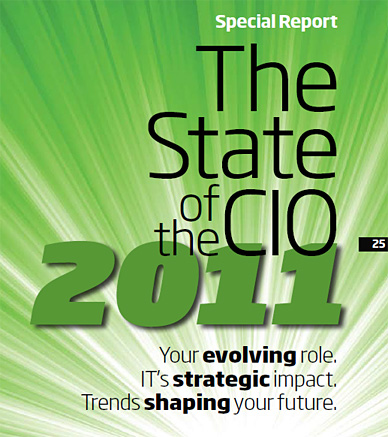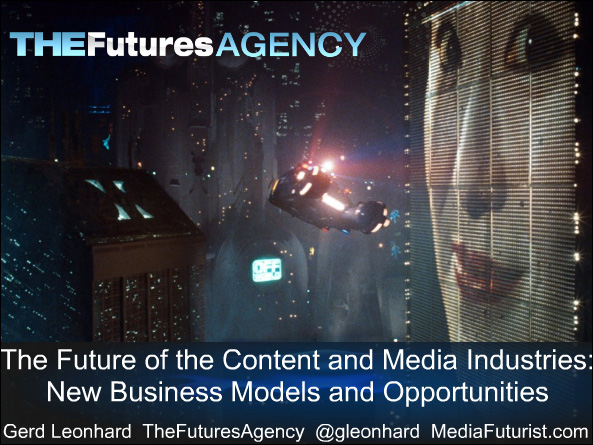1,000 core CPU achieved: Your future desktop will be a supercomputer — from FastCompany.com by Kit Eaton
Executive summary from Forrester
Product strategists are struggling to make sense of the tablet opportunity: Will there be a market for tablets beyond Apple’s iPad, and if so, how big will it be? In this report, we present data from Forrester’s newly updated tablet forecast and share our perspective on market drivers and the competitive landscape. Our call: The tablet market will grow rapidly, reaching 10.3 million US consumers in 2010 and 82 million in 2015. As the tablet market grows, product strategists must nurture both the app ecosystem and the browser environment — both will be key channels for delivering content experiences on tablets.
Also see:
- US Tablet Sales Will More Than Double This Year — from Forrester by Sarah Rotman
Psalm 90:12 — from BibleGateway.com
Teach us to number our days, that we may gain a heart of wisdom.
.From DSC:
This verse has been a great one, but also a tough one for me. It has taught me that my time here on Earth is very limited — and to try to live life to its fullest (something I’m still trying to get a handle on). It’s been tough in that it has cranked up the internal RPM’s, knowing my life is but a vapor. I believe I will be called to account for how I used what He gave me…and that puts internal pressure on me. I know, I know…this is not everyone’s viewpoint and probably not a healthy response — but these are “the glasses” that I’m looking through at this point in my life.
The world is my school: Welcome to the era of personalized learning — from the January/February issue of The Futurist by Maria H. Andersen — with special thanks to Paul Simbeck Hampson for this item
“Future learning will become both more social and more personal, says an educational technology expert.”
Some items from Jim Carroll- Futurist, Trends & Innovation Keynote Speaker:
5 e-book trends that will change the future of publishing — from Mashable’s Business Section by Philip Ruppel
(Philip Ruppel is the President of McGraw-Hill Professional, a leading global publisher of print and electronic content and services for the business, scientific, technical, and medical communities)
1. Enhanced E-Books Are Coming and Will Only Get Better
2. The Device War Is Nearly Over
3. The $9.99 E-Book Won’t Last Forever
4. The Contextual Upsell Will be a Business Model to Watch
5. Publishers Will Be More Important Than Ever
40 for the next 40: A sampling of the drivers of change that will shape our world between now and 2050 — from gerdleonhard.typepad.com and Toffler Associates
From the foreword:
We are in the midst of an accelerating, revolutionary transformation. Change is happening everywhere – in technology, business, government, economics, organizational structures, values and norms – and consequently affects how we live, work and play. As industry and government leaders, we must acknowledge that this change demands new ways of governing and of running our organizations. The ways in which we communicate and interact with each other will be different. The methods through which we gain and process information will be different. The means by which we earn and spend money will be different. Through the culmination of these and other changes, organizations will be radically transformed.
This change is not unexpected. Forty years ago, Alvin and Heidi Toffler recognized that the pace of environmental change was rapidly accelerating and threatened to overwhelm the relatively slow pace of human response. Through Future Shock, the Tofflers persuaded us to consider the future by imagining drivers of change and preparing for a wide range of resulting future environments. Now as we look towards the next 40 years, we continue to use these time tested methodologies, our founders’ legacy to Toffler Associates, for understanding the forces of future change. We focus on the convergence and interdependence of seemingly orthogonal aspects to connect the dots and develop strategies for future success. In this way, we recognize, as the Tofflers did, that preparation is the best defense against the future (emphasis DSC).
Here is a sampling of 40 drivers of change that – we believe – will shape the future.
From DSC:
Includes sections on Politics, Technology, Social, Economics, and the Environment.
10 predictions for web development in 2011 — from Mashable.com by Jolie O’Dell
eLearning predictions for 2011 and beyond — from Web Courseworks.com by Jon Aleckson
Excerpts:
This summer I attended the 2010 Distance Teaching and Learning Conference in Madison, Wisconsin. Some very interesting topics came up in the facilitated Think Tanks, and I wanted to share some of the predictions that were developed from these active group discussions regarding where eLearning will go in the next ten years.
…
Below you will find a table that summarizes the different opportunities and challenges that were predicted to arise in the next ten years by the participants in the conference Think Tanks and by [Jon Aleckson].
| Opportunities | Challenges | |
| Learner |
|
|
| K-12 Instruction |
|
|
| Corporate Training |
|
|
| Content |
|
|
| Learning Environment |
|
|
| Faculty |
|
|
| Administration & Management |
|
|
| International Perspectives |
|
|












